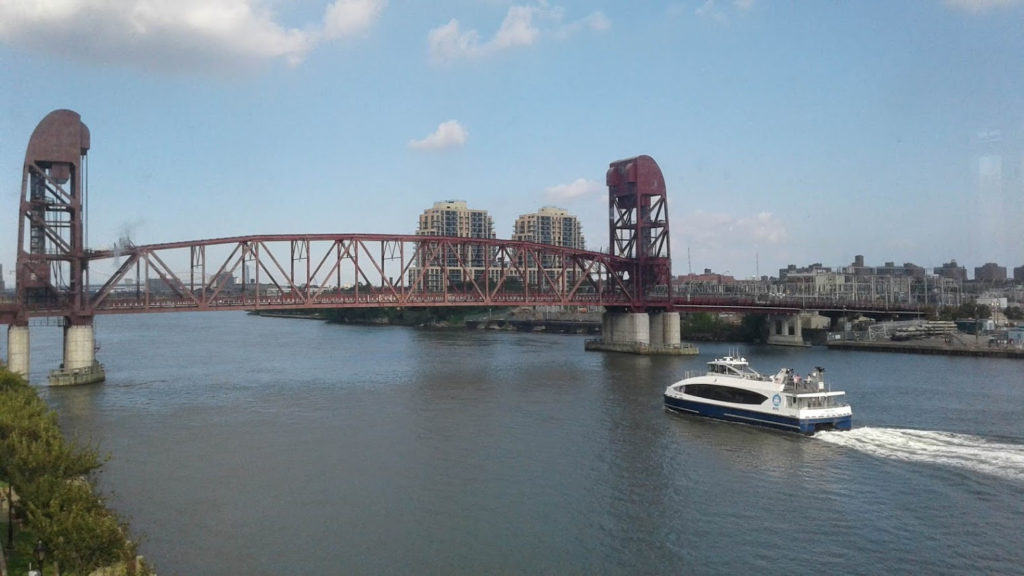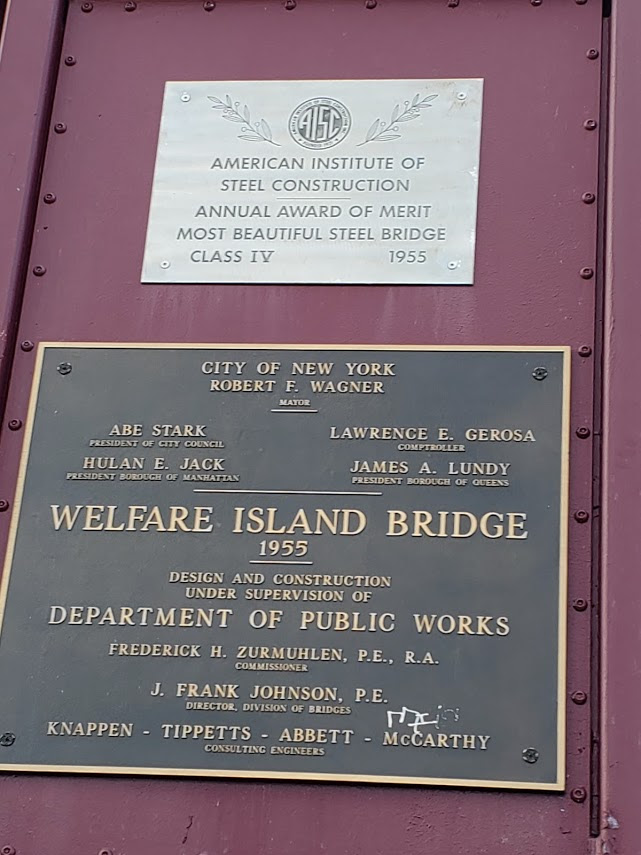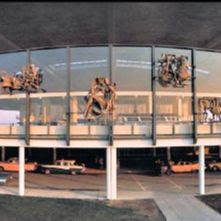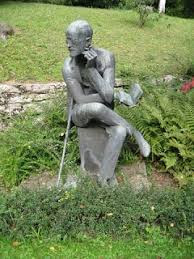Weekend Edition, December 12/13, 2020 – The Flying Saucer design from the 1960’s


WEEKEND EDITION
DECEMBER 12-13, 2020
234th Edition
THE PAN AMERICAN
WORLDPORT
with
Milton Hebald’s
ZODIAC
AT
JFK

Worldport (Pan Am)
From Wikipedia, the free encyclopedia

The original configuration of the Worldport

| Alternative names | Terminal 3 |
|---|---|
| General information | |
| Status | Demolished |
| Opened | May 24, 1960 |
| Demolished | 2013 |
| Client | Pan American World Airways (1960–1990) Delta Air Lines (1990–2013) |
Terminal 3, also known by the trademarked name Worldport, was an airport terminal built by Pan American World Airways (Pan Am) in 1960 at John F. Kennedy International Airport in Queens, New York, United States. It operated from May 24, 1960 to May 24, 2013, and was demolished in 2013–2014.

The distinctive “flying saucer” roof design of the Worldport The terminal was originally known as the “Pan Am Terminal” or Pan Am “Unit Terminal Building (UTB).” It was designed by Ives, Turano & Gardner Associated Architects and Walther Prokosch of Tippets-Abbett-McCarthy-Stratton as a showcase for international jet travel and is particularly famous for its 4-acre (1.6 ha) “flying saucer” roof suspended far from the outside columns of the terminal by 32 sets of pre-stressed steel posts and cables. The terminal was designed to allow for aircraft to be parked under the partial overhang; marketing brochures promoted it as the jet-age terminal that brought the plane to the passenger. The overhang sheltered passengers as they boarded the aircraft by stairs or by uncovered bridges. The American Institute of Architects (AIA) Guide to New York City called the terminal a “genuine architectural attempt to answer the problem of all-weather connections to the planes” but derided the overall concept as “compromised by an overabundance of distracting detail”.
The building’s facade originally featured zodiac figures made by sculptor Milton Hebald, although these were later removed by the Port Authority.
The terminal featured the Panorama Room, a dining room with a view of the entire concourse, and the Clipper Hall museum of Pan Am history.
In 1971, the terminal was expanded to accommodate the large Boeing 747 and renamed the “Pan Am Worldport”. The Worldport was the world’s largest airline terminal and held the title for several years. A Pan Am Boeing 707-100 at Worldport (1961) I
in 2012 Operation of the Worldport changed hands when Pan Am declared bankruptcy in 1991. Delta Air Lines acquired many of Pan Am’s assets, including the lease on the Worldport, which became known simply as “Terminal 3”, and operated most of its long-haul flights out of JFK to Europe, Asia, Africa, and South America from the building.
In March 2006, Delta COO Jim Whitehurst announced that Delta would spend US$10 million before the end of that year to renovate Terminal 2 and Terminal 3,
A ROOSEVELT ISLAND COINCIDENCE
The same engineering firm worked on the Pan Am Worldport Tippets-Abbett-McCarthy-Stratton
MILTON HEBALD
THE ZODIAC SCULPTURES

Milton Elting Hebald (May 24, 1917 – January 5, 2015) was a sculptor who specialized in figurative bronze works. Twenty-three of his works are displayed in public in New York City, including the statues of Romeo and Juliet and The Tempest in front of the Delacorte Theatre in Central Park.
His major work is a 220-foot (67 m), 12-piece “Zodiac Screen”, then the largest sculpture in the world, commissioned by Pan-American Airlines for its terminal at John F. Kennedy International Airport, and now owned and stored by the Port Authority of New York and New Jersey.[

Early life
Hebald was born in New York City. He studied at several New York art schools, starting at the age of ten, including the Art Students League of New York, the National Academy of Design and the Beaux-Arts Institute of Design. In New York City he taught at the Art Students League, The Cooper Union, American Artists School and also privately . He also taught at the Brooklyn Museum of Art, Skowhegan School of Art, in Maine, and at the University of Minnesota. He has been a guest lecturer and teacher at many other academic institutions.
Hebald had his first one-man show at the age of 20, in New York City. He is currently exclusively represented by the Pushkin Gallery in Santa Fe, New Mexico.
Hebald was awarded the Prix de Rome Fellowship to the American Academy in Rome in 1955, 1956 and 1957. He stayed in Italy, living in Rome, with his wife, painter, Cecille Rosner Hebald, until 1970 when they moved to Bracciano, 25 miles outside Rome. In 2004, six years after his wife’s death, he returned to the United States. Hebald lived in Los Angeles at the time of his death.near to his daughter, Margo Hebald (aka Margo Hebald-Heymann), Architect, granddaughter Lara Hebald Embry and great-granddaughter Cecille Tuccillo all of whom live in California.
Work Hebald created a series of pieces in 1960 featuring representations of the Zodiac on the exterior of the Pan American World Airways Worldport at John F. Kennedy International Airport in New York City. A 200-foot-long (61 m) and 24-foot-high (7.3 m) windscreen in front of the terminal’s entrance was adorned with bas relief representations of the 12 signs of the zodiac, visible from both outside and inside the terminal building When it was created, it was the largest such work in the world. As part of renovations, the Port Authority of New York and New Jersey removed the sculptures, which sit unused in a hangar at the airport
Hebald has created a pair of statues in front of Central Park’s Delacorte Theatre. The bronze unveiled in 1966 features Prospero, the protagonist of William Shakespeare’s play The Tempest. The piece was a gift of George T. Delacorte Jr., who also donated the Delacorte Theatre.[6] A 14-foot (4.3 m) bronze of Prospero and Miranda by Hebald was dedicated in Central Park in honor of Joseph Papp, founder of the New York Shakespeare Festival.
Hebald’s sculpture of Romeo and Juliet was dedicated outside the Delacorte Theater in 1977.[8] Hebald created a bust of operatic tenor Richard Tucker for Richard Tucker Park, located in front of Lincoln Center, at the corner of Broadway and Columbus Avenue at 66th Street. Dedicated on April 20, 1980, the statue consists of a larger-than-life size bronze portrait on a 6-foot-high (1.8 m) granite pedestal.
The original 1978 proposal for a seven-foot statue of Tucker, depicted in the role of Des Grieux in the opera Manon Lescaut by Giacomo Puccini, had been opposed by a member of Manhattan Community Board 7, who felt that the piece should have been placed in the Metropolitan Opera Hall of Fame, and not on public property.
In Zurich, Switzerland, Hebald was commissioned to do a life sized, full figure portrait of James Joyce, for Joyce’s tomb. He also made a bust of British novelist Anthony Burgess, to whom he once also sold a house near Rome. Burgess was quoted in 1971 as saying Hebald was “without doubt the most important living figure sculptor.”[1] In Los Angeles, two of his bronze works were commissioned for the Adam’s sculpture garden surrounding the Stuart Ketchum YMCA, the “Olympiad” in tribute to the 1984 Olympics held in Los Angeles, and “Handstand”, depicting an acrobatic young boy which echos the “Y” logo.

RICHARD TUCKER SCULPTURE IN PARK BY LINCOLN CENTER
James Joyce sculpture in Zurich
Anthony Burgess sculpture in Rome

WEEKEND PHOTO
SEND IN YOUR SUBMISSION
ROOSEVELTISLANDHISTORY@GMAIL.COM
WIN A TRINKET FROM THE KIOSK SHOP

FRIDAY PHOTOS OF THE DAY
Menorah Celebration
at the
ROOSEVELT ISLAND JEWISH CONGREGATION
NINA LUBLIN AND ARLENE BESSENOFF
WERE THE WINNERS

References
Wikipedia/Wikimedia
GOOGLE IMAGES
NYC PARKS DEPARTMENT
RIHS ARCHIVES
EDITORIAL
As a more frequent traveler than I am now, Pan Am was the airline that took me everywhere. Whether on a DC6, 707, or 747 Pan Am was the carrier of preference. I would go to the ticket office in the Pan Am building to get my ticket. The ticket office was a showplace of midcentury modern design.
At JFK the terminal never functioned well. It was too small and the additional wing that was built was a giant “U: shape. You would always end up in the wrong wing and walks were very long.
JudyB
FUNDING PROVIDED BY ROOSEVELT ISLAND OPERATING CORPORATION PUBLIC PURPOSE GRANTS CITY COUNCIL REPRESENTATIVE BEN KALLOS DISCRETIONARY FUNDING THRU DYCD


Copyright © 2020 Roosevelt Island Historical Society, All rights reserved.
Our mailing address is:
rooseveltislandhistory@gmail.com







Leave a comment